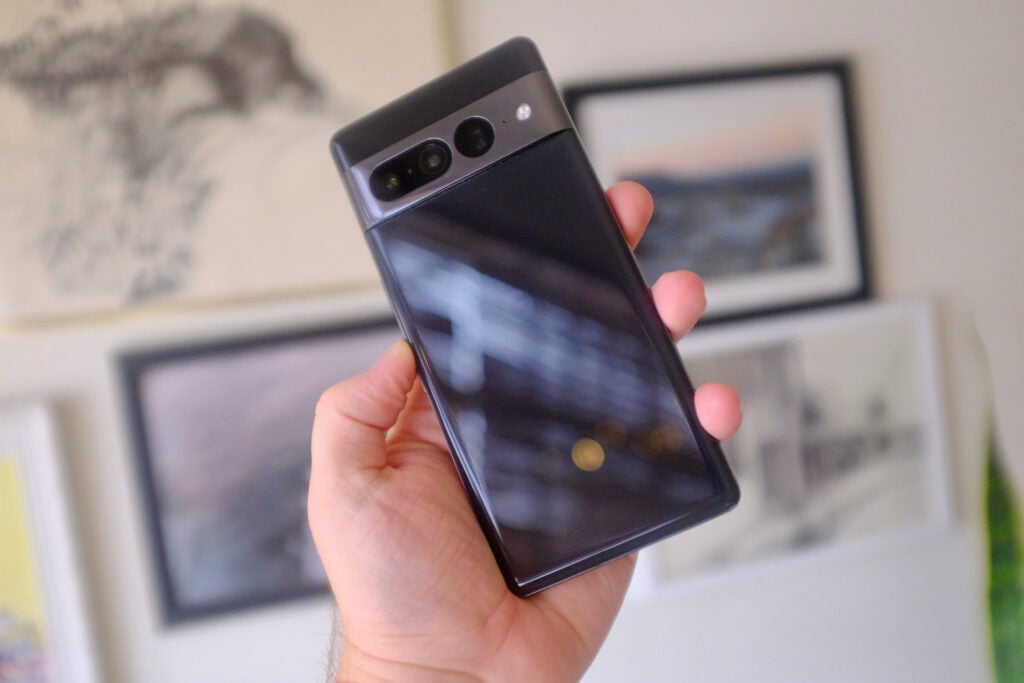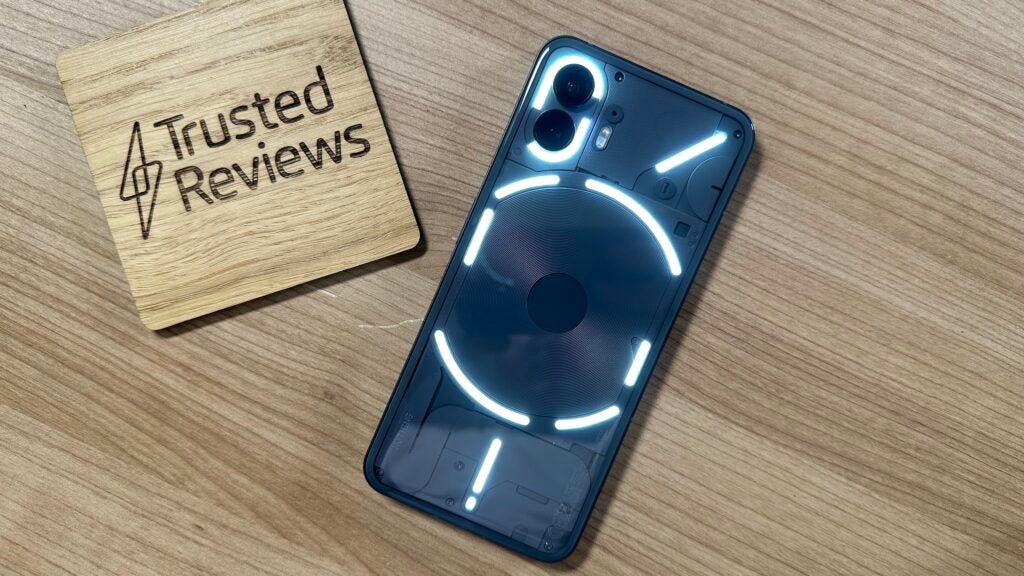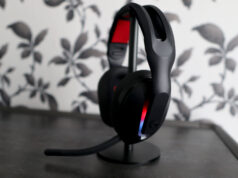The Nothing Phone (2) is a new mid-range phone that has stolen a lot of attention this summer, with features such as its Glyph lights helping it stand out from the crowd.
But how does the Nothing Phone (2) stand up to the competition, more specifically, the hugely popular Google Pixel 7 Pro?
We’ve created this guide to highlight the main differences between these two phones, and where each of their strengths lie. So without further ado, here’s our Nothing Phone (2) vs Google Pixel 7 Pro breakdown.
The Nothing Phone (2) is more affordable
The Nothing brand first established its name by offering up an affordable phone in the mid-range market. Nothing has slightly upped the price since the original phone, but the £579/$599 price point is still very reasonable.
Google has also established itself in the mid-range market, although the Pixel 7 Pro is on the pricier side at £699/$799. That means it’s £120/$200 more expensive than the Nothing Phone (2), although it does arguably justify that extra cost, as we explain below.
Snapdragon vs Google Tensor G2
The two Android phones here are powered by different chips. Nothing Phone (2) packs a Snapdragon 8+ Gen 1 processor, which is roughly a year out of date when compared to other flagship Android phones.
Meanwhile, the Pixel 7 Pro is powered by the Google Tensor G2 processor. This chip is known for offering industry-leading AI smarts, but isn’t quite as fast as the competition when it comes to raw processing speeds for heavy workloads such as gaming.
As a result, you can expect the Nothing Phone (2) and Google Pixel 7 Pro to have a similar performance, and shouldn’t really be a major factor when deciding between the two.

Google Pixel 7 Pro has a triple-camera array
The camera is the biggest strength of the Google Pixel 7 Pro. Not only does it have a triple-camera array – featuring a 50MP main sensor, 48MP telephoto and 12MP ultrawide – but also has some impressive AI smarts to ensure your snaps look as great as possible.
The Nothing Phone (2) doesn’t shine so well in this department, with a dual-camera setup consisting of a 50MP main sensor and 50MP ultrawide – those specs are perfectly good, but it’s missing a telephoto lens to compete with the Pixel’s excellent 4x optical zoom.
Our own testing also showed that the Nothing Phone (2) isn’t very competent at snapping photos in low-light conditions, whereas the Pixel performs very well here. If the camera is your main focus when purchasing a smartphone, then the Google Pixel 7 Pro is the superior pick.
Nothing Phone (2) has a light-up rear
The most interesting aspect about the Nothing Phone (2) is its design, featuring a transparent back allowing you to see the components underneath. It also has flashing LED light strips, which can be customised for use as a notification system, or even help with your photography.
The Google Pixel 7 Pro lacks this unique feature, instead opting for a more traditional opaque glass rear. While that may not be as interesting, Google does at least offer multiple colour options, including Obsidian, Snow and Hazel.

Google Pixel 7 Pro has a slightly larger battery
If your most important consideration for a phone is battery life, then you may be intrigued to know the Google Pixel 7 Po has a larger cell. Its battery capacity comes in at 5000mAh, which is noticeably larger than the 4700mAh cell inside the Nothing Phone (2).
How does that translate to real-world use though? During the review process of the Google Pixel 7 Pro, we noted that it had around 10-15% of juice left in the tank at the end of a day. Remarkably, the Nothing Phone (2) bettered that result, as we were left with around 35% charge by the end of the day. Results will of course depend on usage, but this stamina is outstanding.
The Nothing Phone (2) is also speedier at charging, supporting a 45W fast charge, although you don’t get a charger in the box so you’ll need to spend extra on that. The Google Pixel 7 Pro only supports 23W charging, so isn’t quite as snappy. Both phones support wireless charging too, although the Pixel is slightly quicker with 23W speeds.









